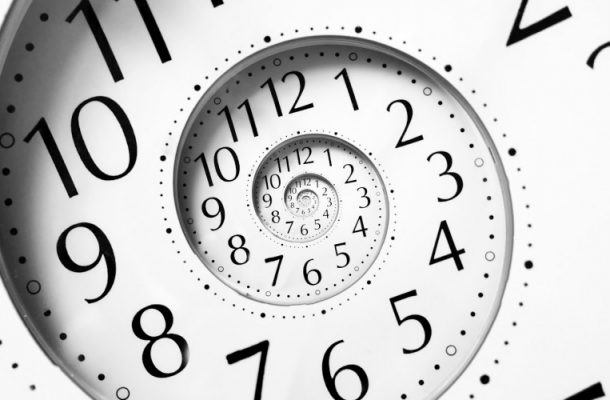« In the NO Pod Ep. 287: Jrue and a Free Agency Malaise
Darius Miller Returns »
Longer Hours

The New Orleans Pelicans made their first and only move of the 2017 NBA offseason in the initial hours of the moratorium, and things have been silent since. The Pelicans are not alone in this, as the number of transactions across the NBA is lower than last offseason. What’s the hold up?
Around the NBA, there are several factors at work.
- Not as much cap space as last season leads to more negotiation and consideration
- Lower than expected cap rise may have adjusted plans and perceptions
- Lessons from last season’s spending bonanza could be taking hold in some cases
- Fewer players were lining up for this offseason, so less potential for actual movement (for example, Durant is not really on the market this season, though he is technically signing a new contract this season)
The general phenomenon is annoying to some fans and many writers, but a lack of action is not necessarily a lack of activity; it could just be that is takes more time to convert action to results this offseason. The data supports this. Jrue Holiday and a few other transactions were near-formalities, with teams poised to retain their own players. Some of the other moves have been reactions to moves from late last-season. These moves actually add to the illusion of activity being generated in this offseason. For instance, Rubio was traded at the end of last season, and while technically Teague’s signing back in Minnesota take place in this offseason, it is fallout from a trade from last season. It’s not self-initiated free agent movement like the Hayward deal. In the one case, teams are re-arranging point guards. Fine, that is movement but it’s not the kind of thing that is market-driven. It’s just a cycle, or “step to the right.”
In general, team’s will lock up their most important transactions when they have the most resources to do so. This is part of what leads to the apparent overpays at this stage. This is normally early, as this is generally when team’s have the most resources to commit to solving problems. Perfectly reasonable, right? Expanding on this, team’s want to be position to catch the pieces if a “done deal” explodes, then other teams wait on players waiting for one of those teams. And so on.
Still, those big moves tend to cause teams to rearrange rosters, which puts more players on an availability list (free agency or trade). These are then generally smaller transactions than have to potential to go more quickly since they are based on more concrete factors (money, minutes, legacy) than the soft factors that help shape the choices of maximum salary players.
So, with the Hayward deal, the engine should be out of first gear and spinning up.
The Pelicans, like all teams, have their particular pluses and minuses in the market.
- (-) Net-plus trade assets, their nonguaranteed contracts, are of low on-court value
- (-) Their fair contracts are expendable, but need replacement, which constrains deals
- (-) No easy way to generate cap space without stretching, which takes on dead money in future years
- (+/-) Top heavy roster and two bona fide “names” in the NBA could appeal to some targets, put off some players and teams
- (+) This season is all-in, so there is a willingness to take on salary in the right cases and send out draft picks
- (+) Dell has shown creativity and has experience with a number of GM’s
- (+) The Pelicans have shown that they have the patience to give down-roster guys time to shine and fit in, so sacrificing depth may be less harmful compared to other teams, leading to greater flexibility in the market.
There are equal -‘s than +’s here, but the weight of each depends on the player or team you are negotiating with. Still, this is not a great story, and it cashes out as: this is going to be tough to do right. You have to find an acceptable target on a team where your +’s matter more than your -‘s, and where you are the best offer for that team for that player. Timing matters, too. Sheesh.
In a world where we want a wise move over an unwise one, patience is necessary. Even more, this offseason is critical. Any old move won’t work. They have to get one of the right moves while not letting them all slip by while they decide. The fear is that we’ll get no move at all. This is ludicrous as having just 12 players under contract is not viable in the NBA, so let’s just ignore that. Making the wrong move is a natural concern. If you think Dell is just going to screw it up regardless, then it does not matter what happens either way, so there is no worry; you have already made up yur mind about the coming year. You should only be worried if you think he can accomplish something (if it’s there) . . . not that he will, just that he can . . . even with the help of sweet fortune.
We’re already preparing for the worst; we have that covered. Keep that, and add in some hope. Remember this is supposed to be fun.




